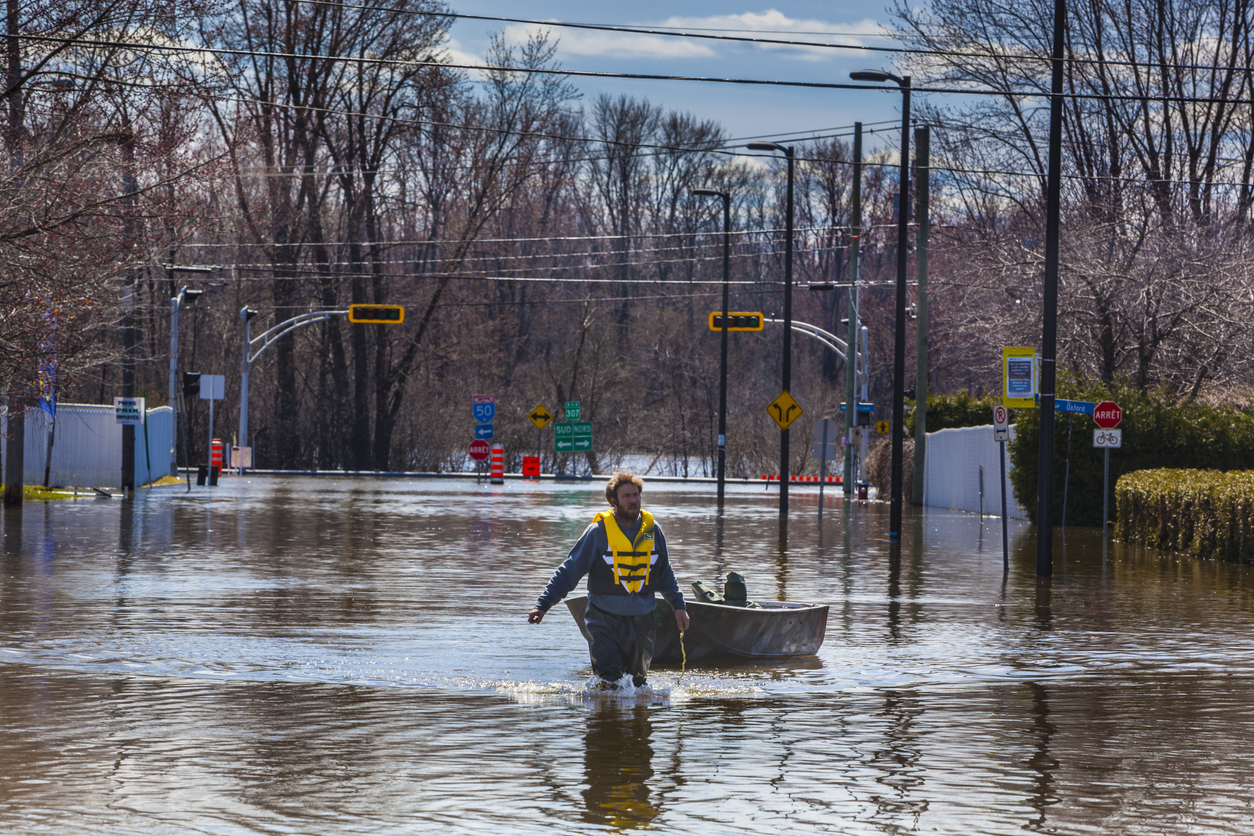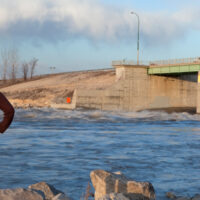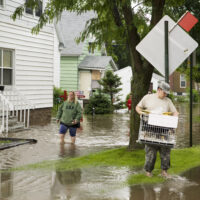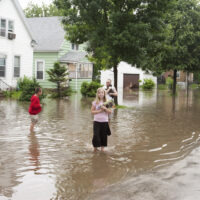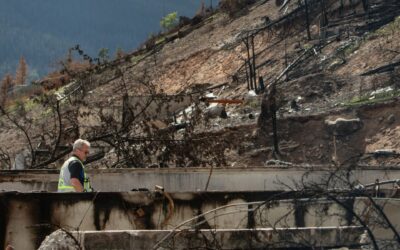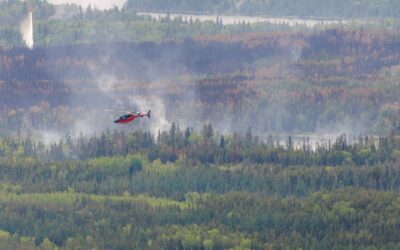This blog post was originally published in the Hill Times
Catastrophes such as the 2021 B.C. floods make it impossible to ignore just how vulnerable Canada’s infrastructure is to the impacts of climate change.
The damage these catastrophes are increasingly inflicting on infrastructure across Canada—including roads, bridges, buildings, homes, water systems, and electricity grids—is costing governments, businesses, and households billions of dollars in extra maintenance and repair. And these damages put our health, safety, livelihoods, and the strength of Canada’s economy at risk. Unless we take urgent action to prepare and repair our infrastructure to withstand the impacts of climate change, these risks are only going to increase. Why? Because Canada, which is warming at twice the global rate, faces decades of further warming even under the most ambitious global emission reduction scenarios. In other words, planning for a net-zero Canada still necessarily means planning for a warmer and more volatile climate.
The threat to Canada is clear. Fortunately, so is the response. Through smarter choices and targeted investments, this country can increase the resilience of its infrastructure to reliably deliver essential services in the face of a hotter and more volatile climate. Proactive adaptation—strengthening existing infrastructure to weather the storm and ensuring that new infrastructure is built for the more volatile climate of today and tomorrow—can dramatically reduce the risks of damage and disruption.
Despite growing evidence of the consequences of continuing to build for a world that no longer exists, climate change impacts are still not being factored into infrastructure decisions. For example, huge real estate investments continue to be made in flood-prone areas. Roads, bridges, homes, and buildings continue to be designed for the climate of the past. And the existing infrastructure deficit in Canada’s North leaves that region particularly vulnerable because Canada has no strategy to respond to the accelerating failure of critical buildings, roads, and airports constructed on now-thawing permafrost.
To address Canada’s rapidly growing infrastructure adaptation gap in the face of climate change, governments and policy makers need to accelerate progress in four key areas.
First, Canada needs better information about climate-related risks to support better infrastructure choices. Our current understanding of major climate-related risks to infrastructure, such as flooding, wildfire, and permafrost thaw, is dated and incomplete (where it exists at all). Governments need to rapidly accelerate the development of useful and accessible climate risk information so that they, as well as other infrastructure owners and investors, can use it to make better-informed decisions about where to build infrastructure, how to build and maintain it, and—sometimes—when to remove or replace it.
Second, all orders of government need to factor climate change into every decision that implicates infrastructure. This includes accelerating upgrades to national and provincial building and infrastructure codes and standards to address the impacts of a shifting climate. Governments can also do much more to use levers that are already in place to ensure that climate change is incorporated into infrastructure choices, such as long-term infrastructure strategies, the conditions of infrastructure funding programs, regulation of land-use planning and urban development, approvals processes for major industrial and resource development projects, and regulations for how certain types of infrastructure must be managed and maintained.
Third, governments should require infrastructure owners and investors to assess and disclose climate change risk. Currently, owners of infrastructure—including municipalities, institutional investors, real estate investment trusts, corporations, and home sellers—are not required to analyze or disclose climate risks to potential purchasers, investors, or lenders, who then in turn lack the information they need to assess the risk they are taking on. Making climate risk transparent in these transactions will send important price signals that direct investment away from risky infrastructure and towards more resilient options.
Fourth, infrastructure funding must be invested where it is most needed. Over the past several decades, ownership of most public infrastructure in Canada has been downloaded to municipal governments. Municipalities, especially small- and medium-sized ones, already struggle with the costs of maintaining existing infrastructure, let alone strengthening it and/or making new investments to ensure it can withstand the impacts of climate change. Programs like the $2-billion federal Disaster Mitigation and Adaptation Fund were well-intentioned but came nowhere close to fulfilling the need; in just two years the program was massively oversubscribed by both municipalities and other organizations. Federal and provincial governments need to support municipalities to adapt their infrastructure through direct funding, by granting them appropriate revenue-generating powers, and by helping them access private capital.
To protect our well-being and prosperity in the face of the type of extreme weather that devastated British Columbia in 2021, we need to adapt our infrastructure to the reality of a changing climate.
Infrastructure in Canada continues to be built for the climate of the past, increasing our risk of future social and economic disaster. Governments and policy makers need to act now and use all the tools to hand to drive infrastructure adaptation forward, because we can’t build a secure and prosperous 21st-century future for Canada on infrastructure that was built for a 20th-century climate.

